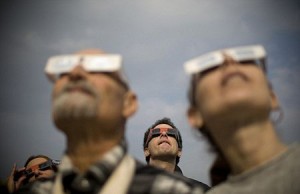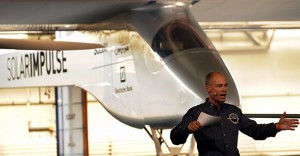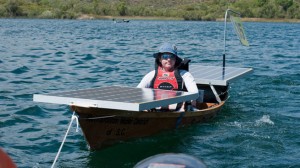 A new study from Deloitte shows the emergence of a diligent new attitude toward energy consumption in the United States. According to the study, 52 percent of companies are working to reduce their energy costs by 25 percent on average over the next two to three years. Concurrently, an increasingly sophisticated consumer demographic is looking for household savings in a tight economy. According to the study, 68 percent of consumers are taking extra steps to cut their electric bills because of the recession. The study, “reSources 2011″ conducted by Deloitte with strategy and market research firm, The Harrison Group, polled 3,200 household decision-makers and more than 400 business decision-makers responsible for their company’s energy decisions or energy policy.
A new study from Deloitte shows the emergence of a diligent new attitude toward energy consumption in the United States. According to the study, 52 percent of companies are working to reduce their energy costs by 25 percent on average over the next two to three years. Concurrently, an increasingly sophisticated consumer demographic is looking for household savings in a tight economy. According to the study, 68 percent of consumers are taking extra steps to cut their electric bills because of the recession. The study, “reSources 2011″ conducted by Deloitte with strategy and market research firm, The Harrison Group, polled 3,200 household decision-makers and more than 400 business decision-makers responsible for their company’s energy decisions or energy policy.
According to the data, American businesses and consumers are in the midst of “the birth of the resourceful energy user,” said Greg Aliff, vice chairman and U.S. energy & resources leader, Deloitte LLP. “We are seeing a profound and, in many ways, grassroots movement toward energy conscientiousness among businesses and consumers.”The Deloitte study shows that about 45 percent of Americans have directly felt the pain of the recession, due to factors such as a job loss or income reduction. It also shows that in addition to the almost 70 percent of consumers who said they reduced their electricity bills during the recession, 95 percent said they do not intend to increase their electricity use even as the economy improves.
360 VIEW OF THE SUN
Aliff noted that a similar light bulb has turned on when it comes to energy use at businesses, with 90 percent of companies setting specific goals regarding electricity and energy management practices. Furthermore, about three-quarters of businesses now have goals related to reducing electricity cost and consumption and improving the efficiency of the buildings in which they operate. More than half (56 percent) have goals aimed at improving profitability through electricity reduction. And nearly one-third of companies have goals to self-generate electricity through measures like installing solar panels. The Deloitte survey also shows that cost consciousness and social awareness are the twin drivers behind corporate energy management, with 70 percent of companies reporting the desire to cut costs as a driver behind their energy management goals, and more than half (53 percent) saying that their companies have set energy-related goals at least in part because it is “the right thing to do.”










